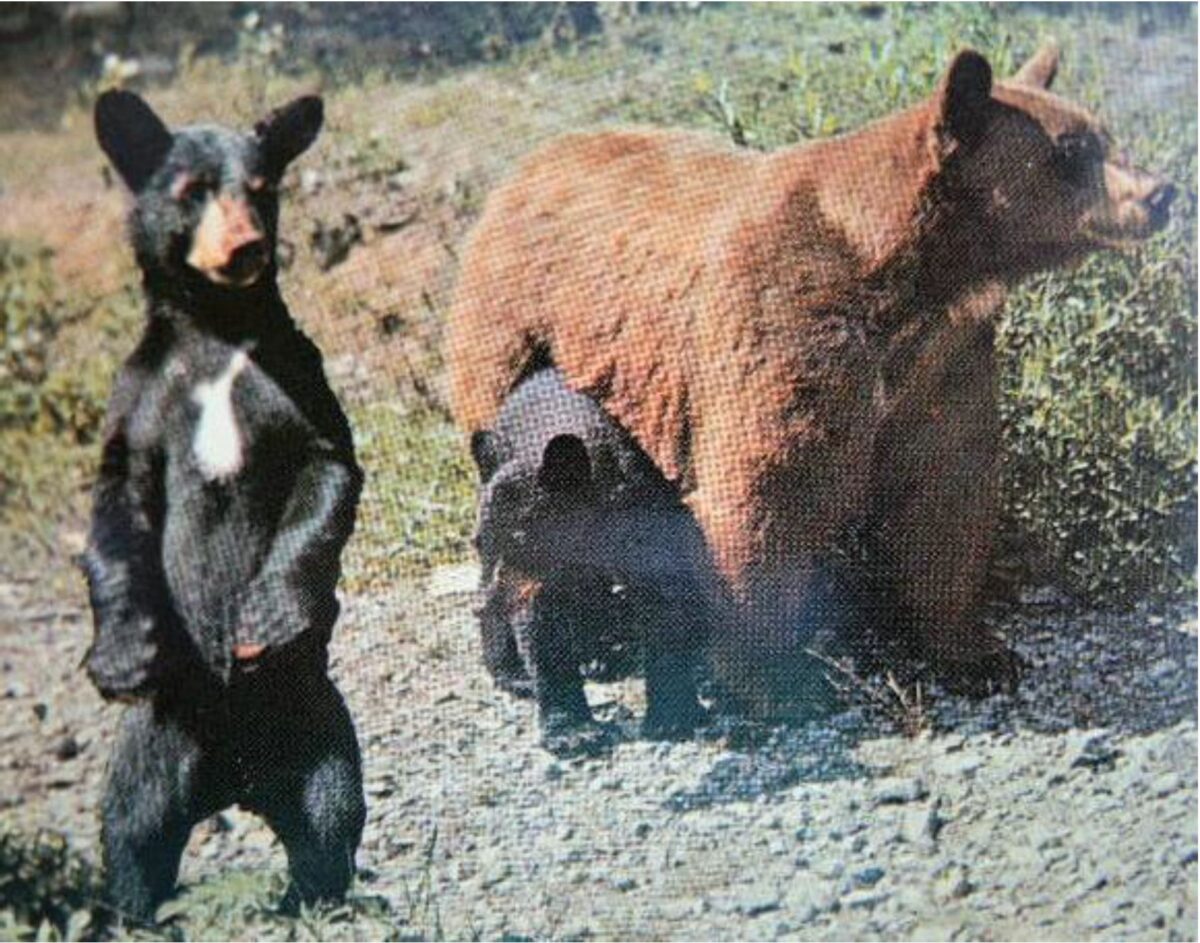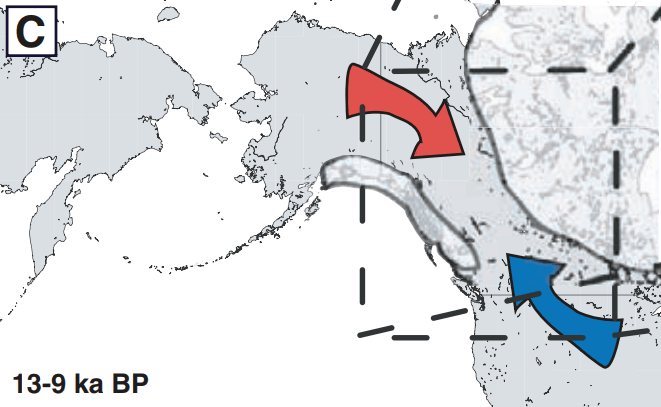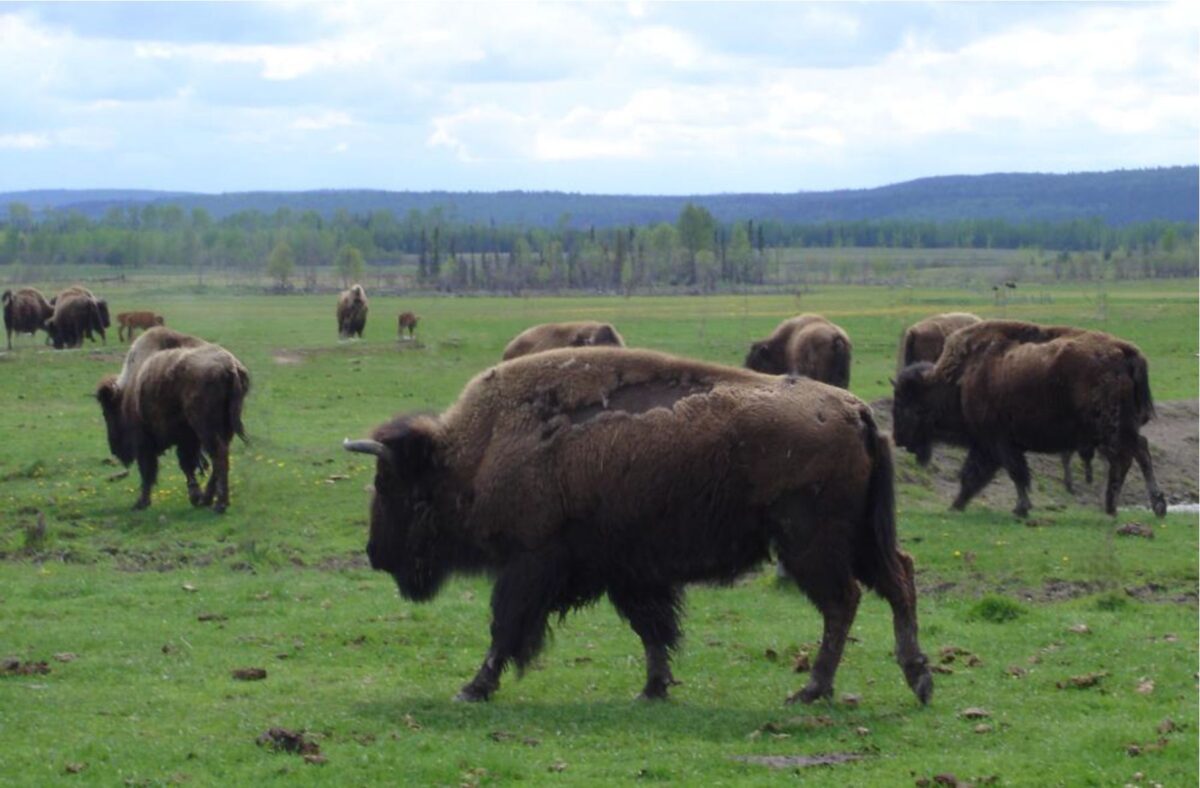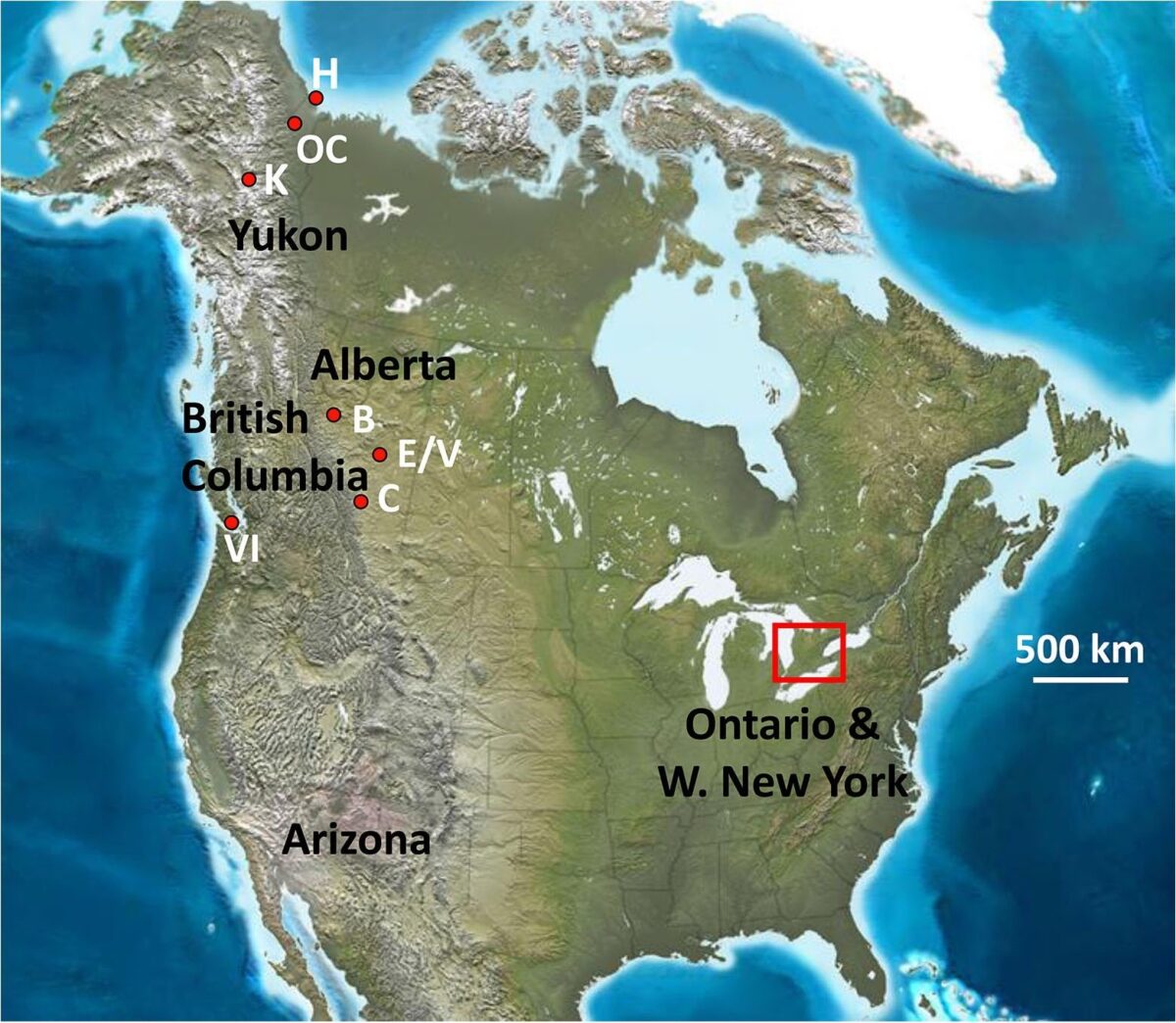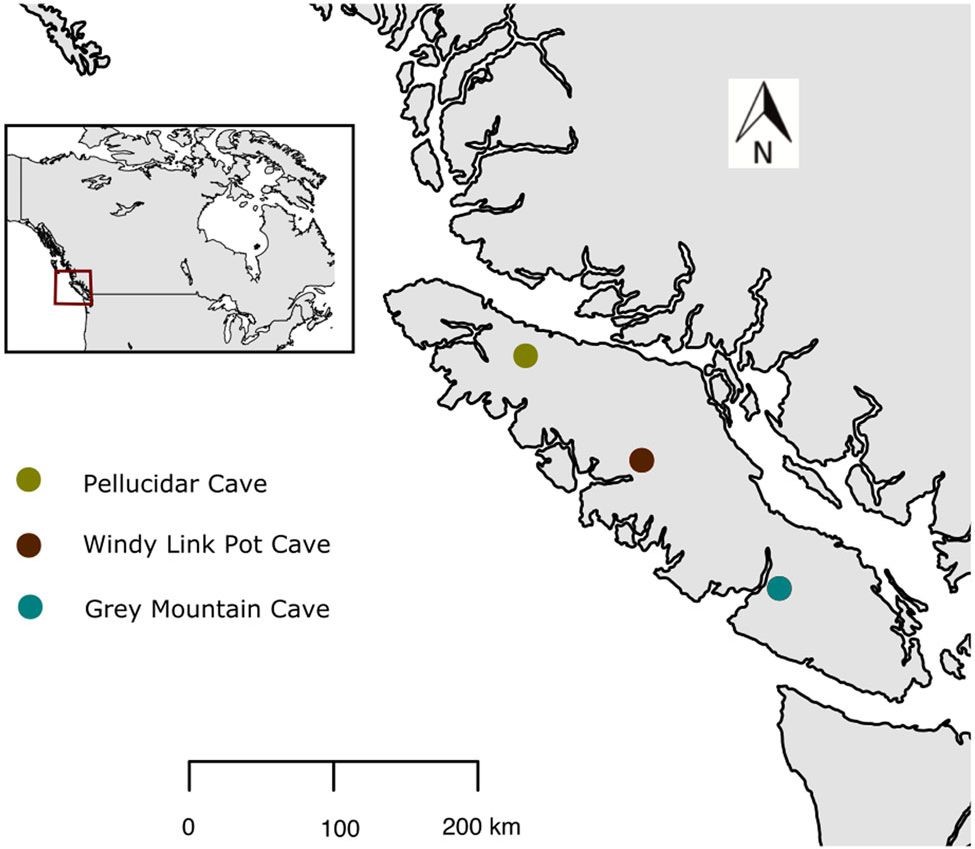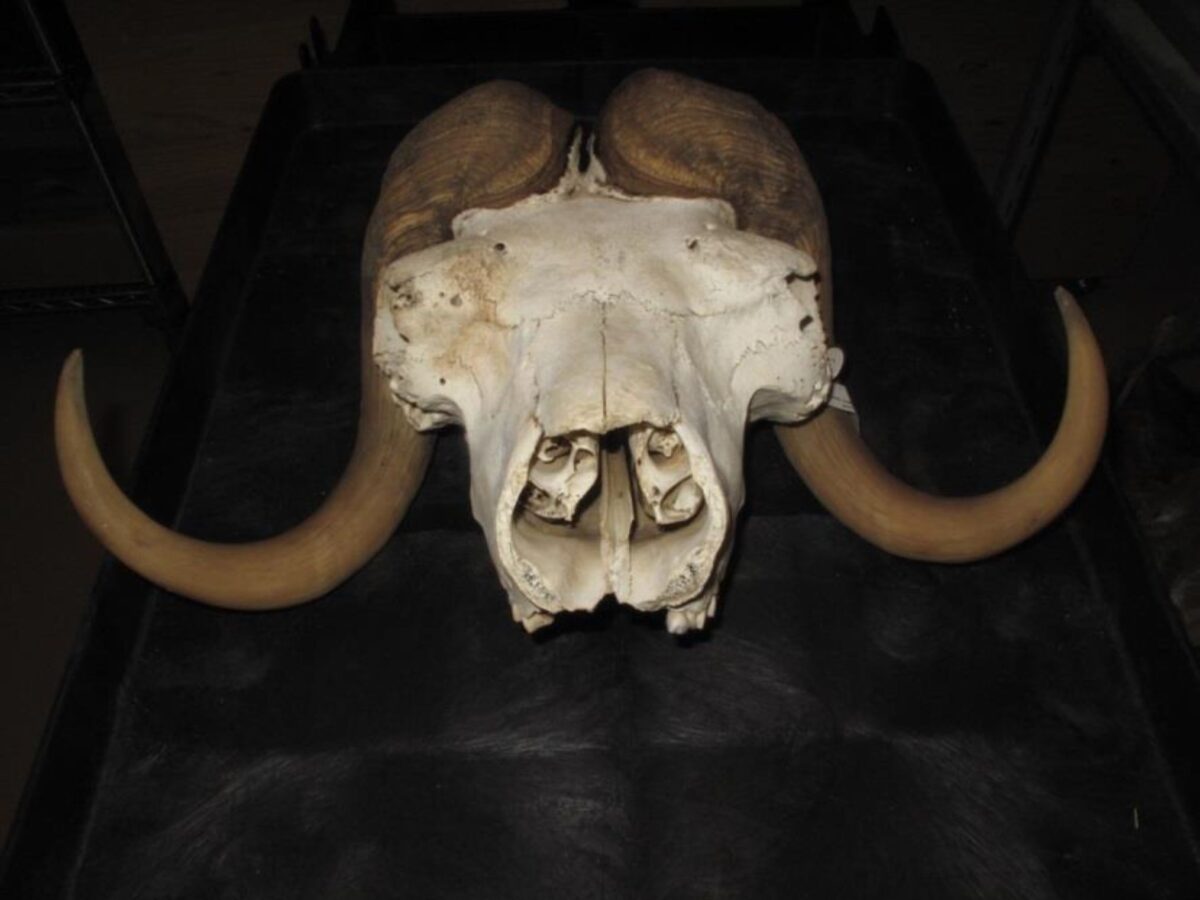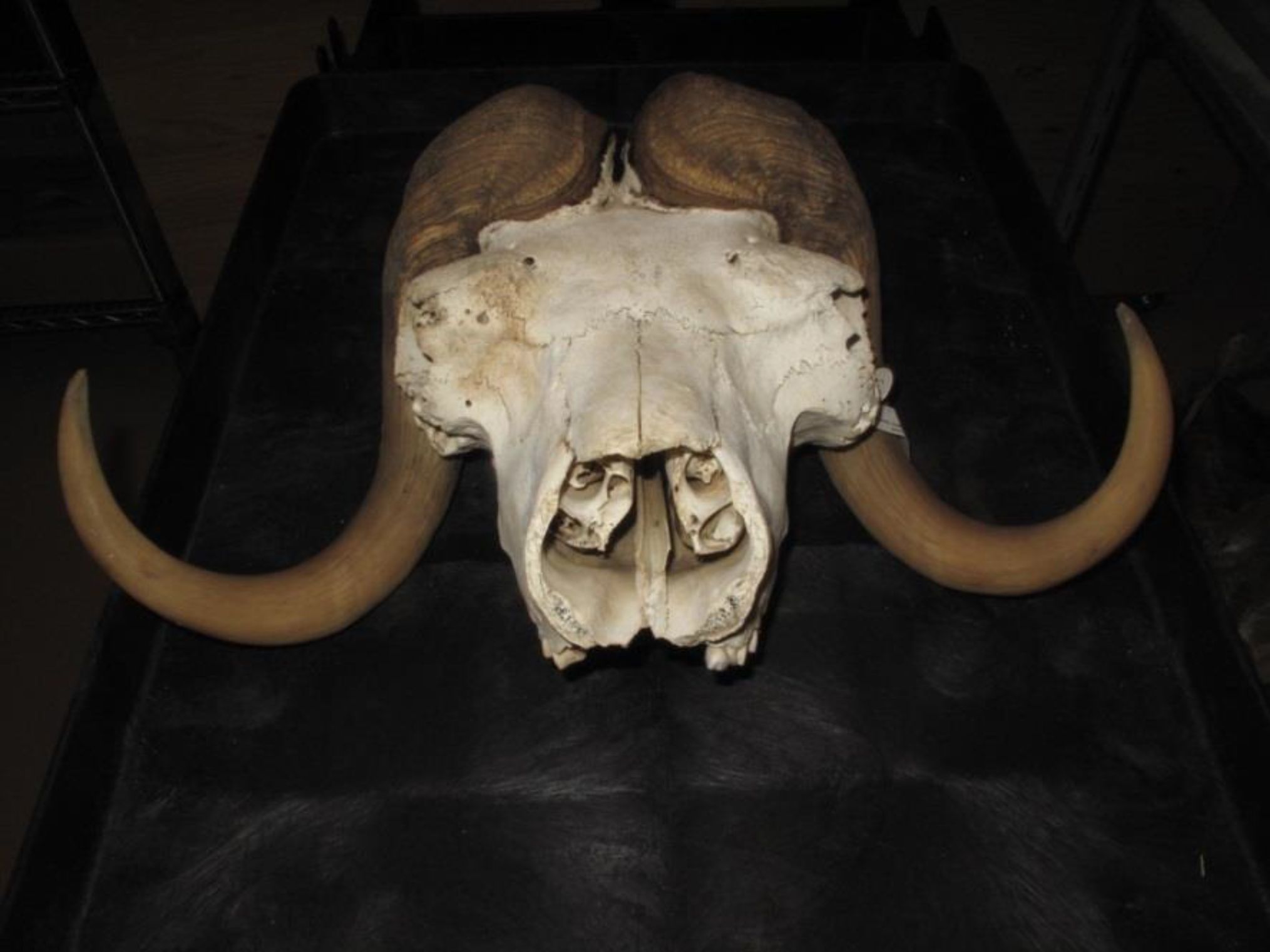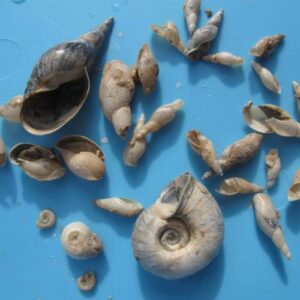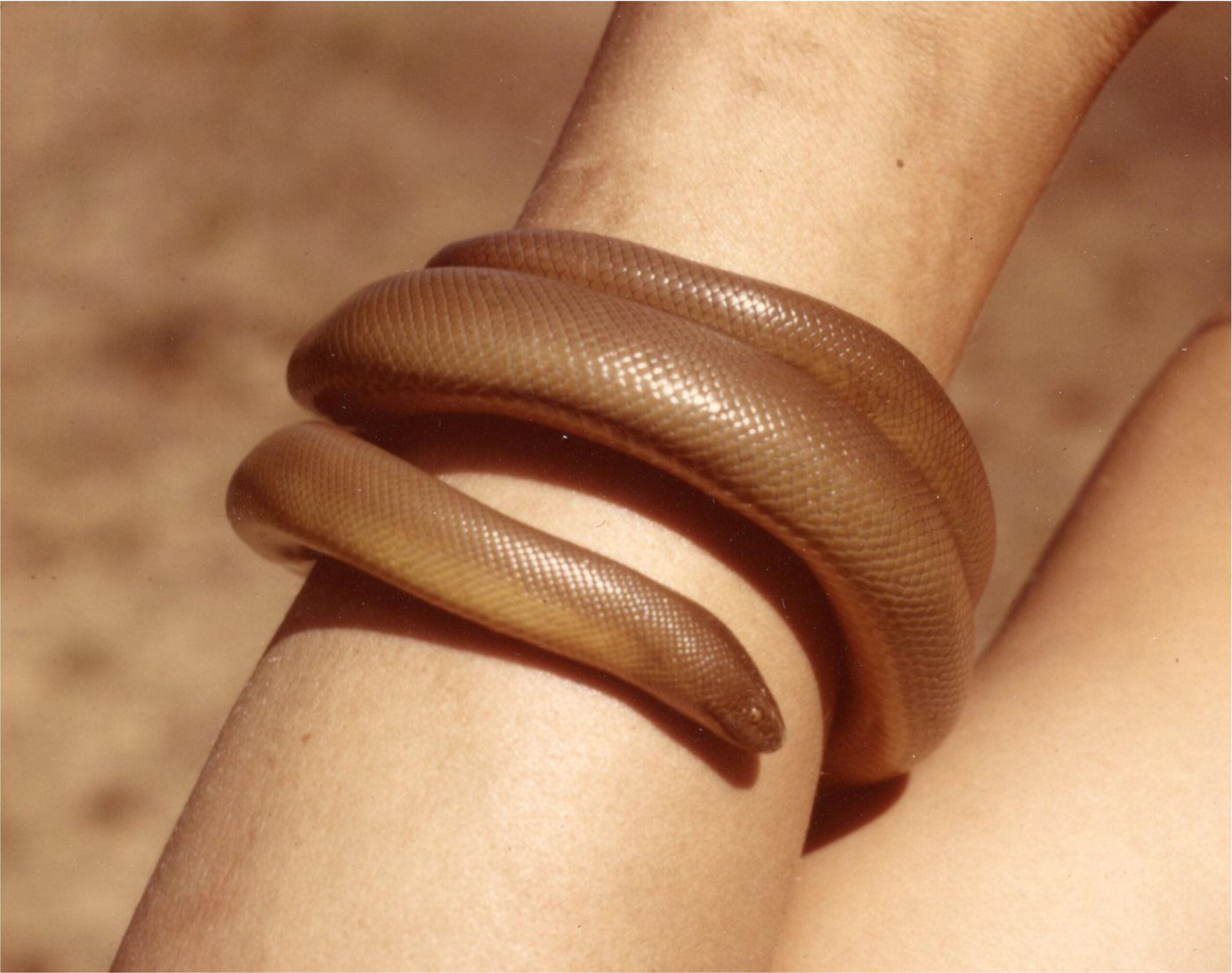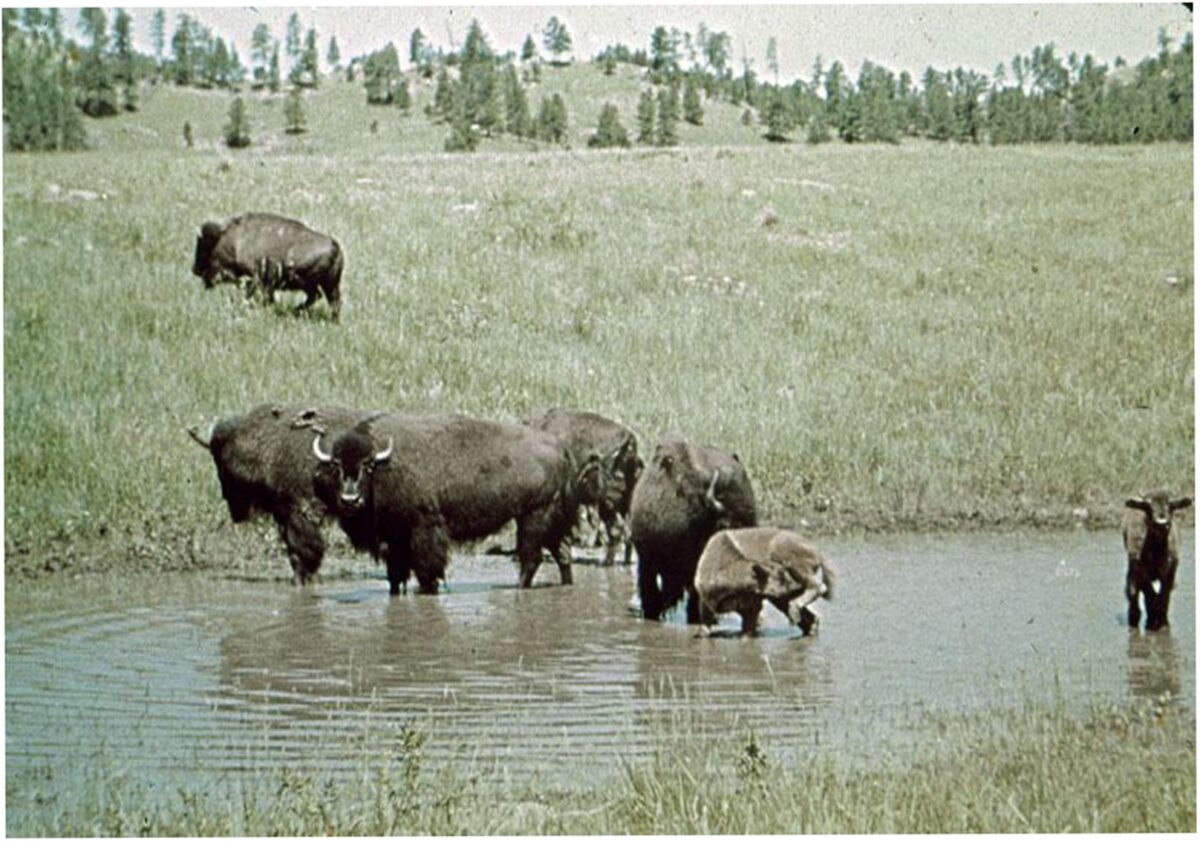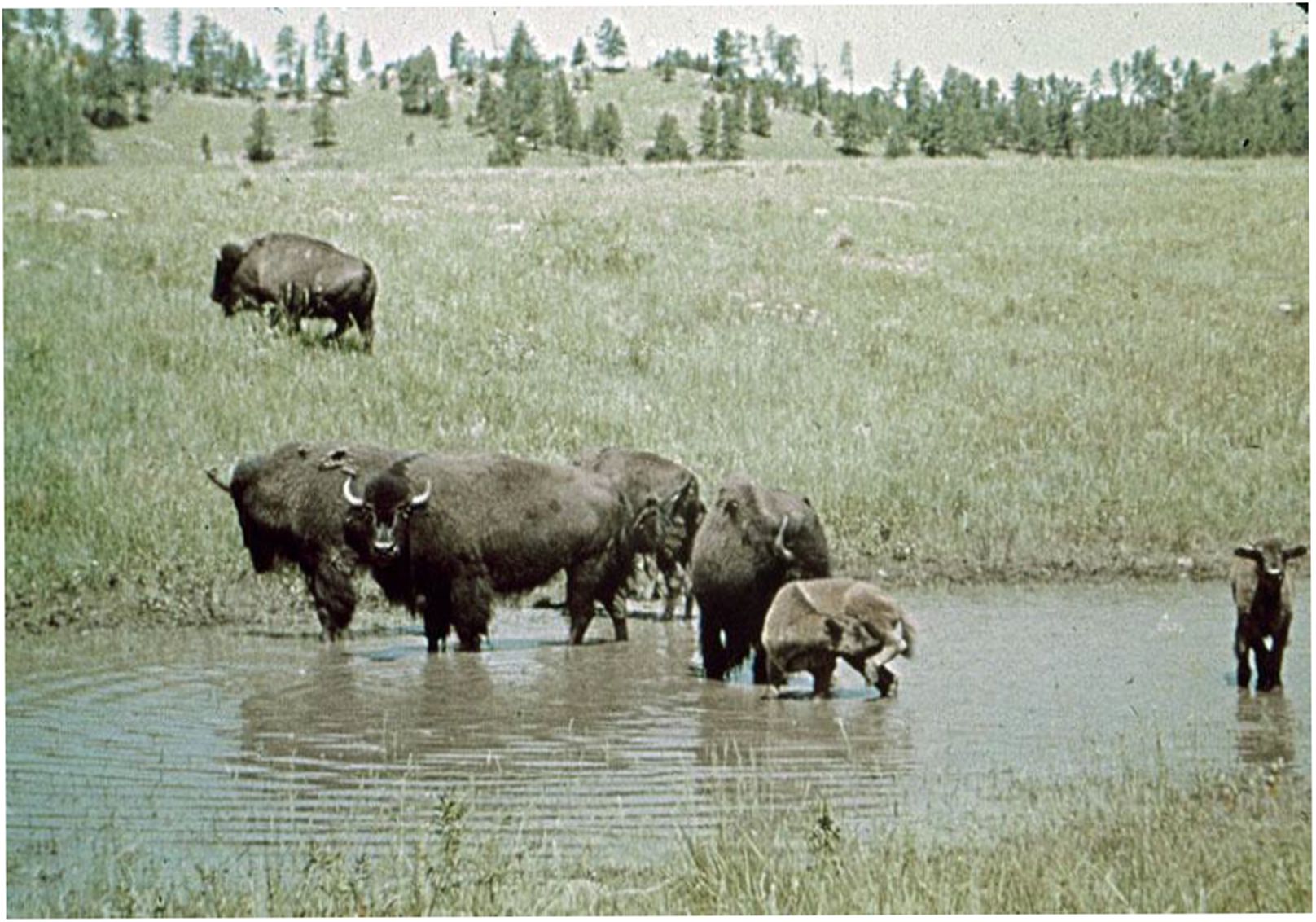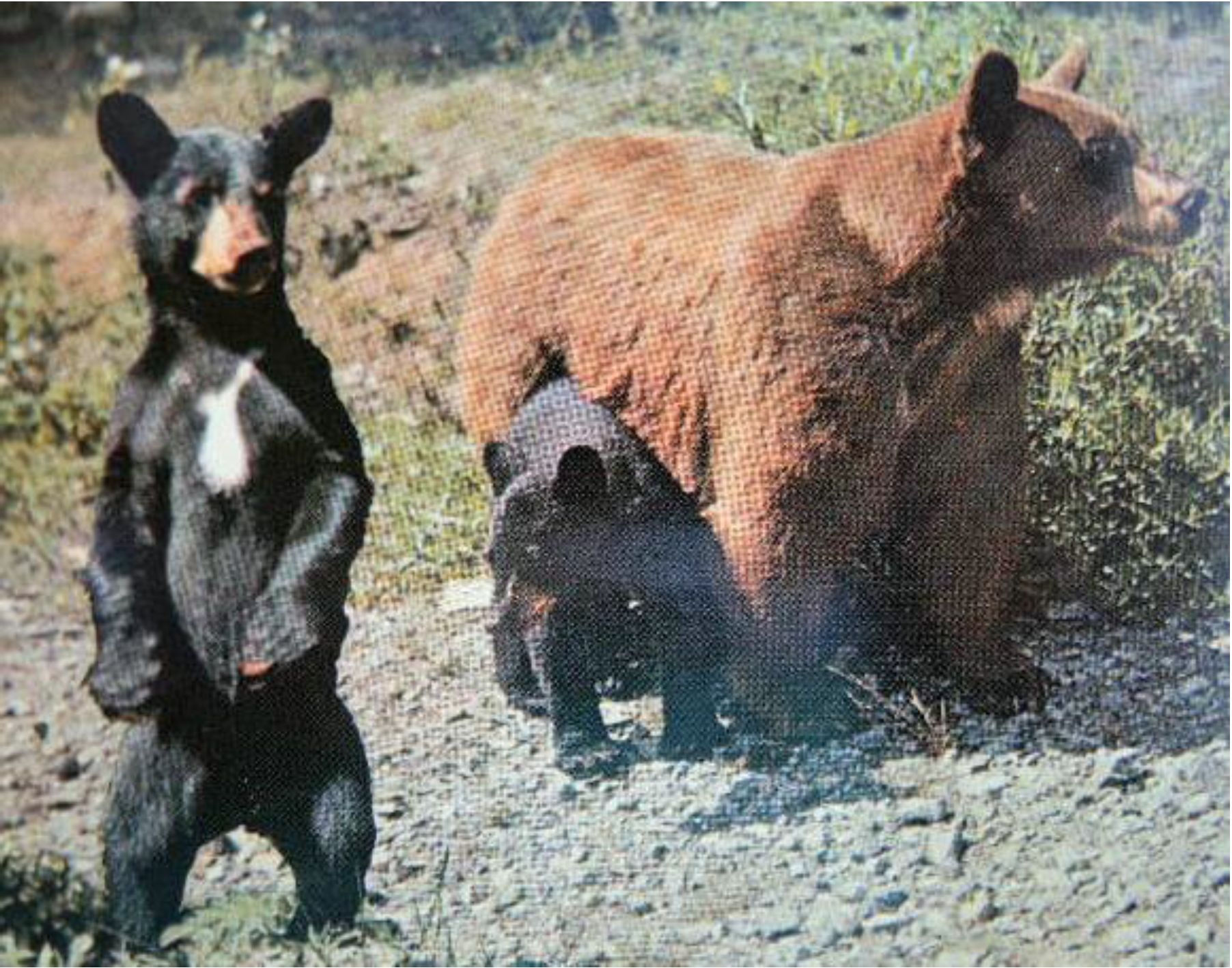
May 10, 2019. By Grant Keddie Introduction In 2006, the “Spirit bear” was adopted as the provincial mammal of British Columbia. The term “Spirit Bear” has to a large extent been overused as a media hype word. It has often been misinterpreted as a direct aboriginal name of a unique type or species of bear. The circular movement of information between indigenous peoples and popular writers, have created some modern myths such as comments that white bears, also referred to as “ghost bears”, were not traditionally hunted. Today they are referred to as a subspecies of black bear called Ursus americanus kermodei. The environmental movement of the western world has over-simplified the portrayal of all white coloured black bears by … Continue reading “Beyond “Spirit Bears””
